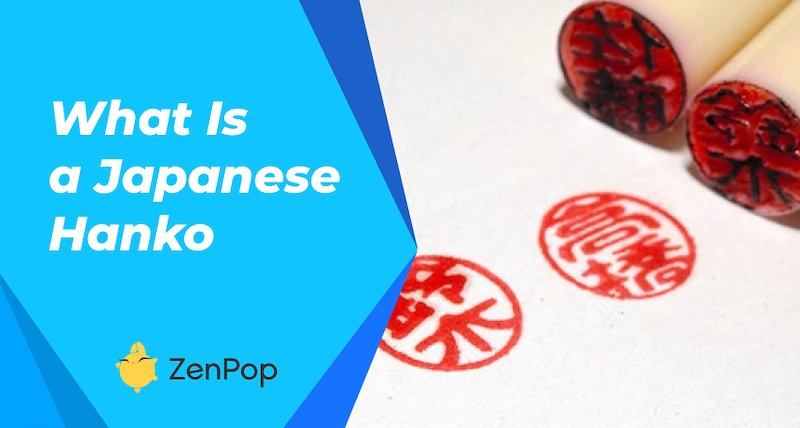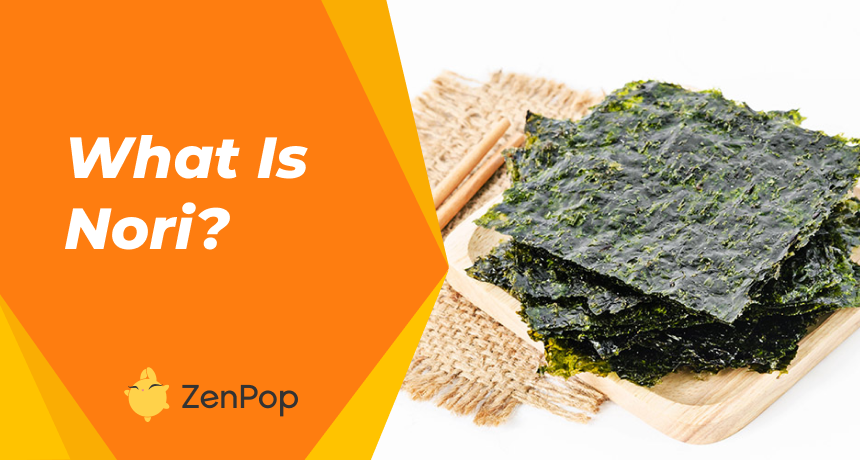
</title><meta name="robots" content="noindex"> What is Nori? A look at Japan's favorite seaweed.
A lot of Asian food involves Nori - an edible seaweed. I know that the term seaweed puts you off but hear us out. When you think of Japanese cuisine, sushi, and ramen probably come to mind. But did you know that one of the key ingredients for these meals is Nori? While it may still have the unseemly green look you see in animations, it tastes quite nice.
Nori has been a staple in Japanese cuisine for centuries, and it's not just used in sushi and ramen. From miso soup to onigiri, Nori is a versatile ingredient that adds a unique flavor and texture to many Japanese dishes. Let's take a closer look at this beloved seaweed.
What Is Nori?

Nori as a Japanese word was originally used to represent all kinds of marine plant life. Today, when someone says “Nori” it only means the seaweed that is used for cooking. It is a red algae that grows a lot in East Asia, particularly in Japan. Nori is typically dried and sold in thin, paper-like sheets and it has a distinctive flavor that is slightly salty and slightly sweet, and its texture is crispy and brittle when dry, but becomes soft and chewy when wet.
How It Is Cultivated And Harvested

There are Nori plantations in Japan where nets are filled with red algae seeds and set up below the ocean surface. The weather has to be just right for Nori to grow that is why in commercial manufacturing, the water temperature and light is carefully controlled.
The crops can grow up to 20 cm in length in 45-50 days and that’s when it is ready to be harvested. Farmers get to the seaweed nets in boats where they can harvest each crop around 4 times. You see, by cutting off the top of the seaweed and waiting for around 2 weeks before each harvest, the farmers can extend the amount of Nori they harvest before laying another fresh net of seeds.
How It Is Turned Into Sheets
Nori processing was once a labor-intensive task back when people did it by hand. But nowadays, machines have made it very easy. It is made into sheets using the process below.
- Washing: Once the Nori is harvested, it is thoroughly washed to remove any sand or debris. You don’t want to ruin your meals by picking out sea dirt.
- Chopping: After washing, the Nori is minced into small pieces until it looks like a slurry.
- Pressing: The Nori slurry is then pressed into thin sheets using a machine. The process removes most of the moisture from the sheets but it is still left to dry for several hours.
- Drying: The drying is done in the sun or a drying room with controlled temperature and humidity. As they dry, they become crispy and brittle.
- Packaging: Once the Nori sheets are completely dry, they are packaged and sold for consumption.
- Storage
To get the best use of Nori, it needs to remain dry. Nori can absorb moisture from the air which can cause it to become soft and lose its crispiness. So wrap it tightly with plastic wrap or aluminum foil to minimize its exposure to air, refrigerate it, place it in an airtight container, or just simply store it in a cool dry place.
History of Nori in Japan

Nori has been an important part of Japanese cuisine for centuries, and its history dates back to ancient times. There has been evidence of seaweed harvesting as far back as the Nara period in Japan. It was first mentioned in written records during 710-794 AD when it was used as a tribute to the emperor. However, it is believed that Nori was consumed long before this time, as it is mentioned in some of Japan's oldest surviving literature, such as the Manyoshu poetry anthology from the 8th century and the Utsubo Monogatari published in the 10th century also mentions the harvesting and drying of Nori.
For many centuries, Nori was harvested from the wild in Japan's coastal waters but this wasn’t suitable for commercial use. In the 17th century, cultivation techniques were developed to grow Nori which allowed for more reliable production and helped to increase the popularity of Nori as a food. In the 19th century, sushi became popular in Japan, and Nori was an essential ingredient in this dish so of course Nori became popular as well. Now, with industrialization, mechanical methods of Nori harvest are being used and Japan is a leading producer of Nori.
Uses of Nori in Japanese Cuisine
Nori is used in a variety of Japanese dishes, including:
- Sushi rolls: Nori is used to wrap the sushi rice and fish in sushi rolls, providing a distinct flavor and texture to the dish. Nori is also used to make hand-rolled sushi or temaki, which is a cone-shaped sushi roll that is filled with rice, fish, and vegetables.
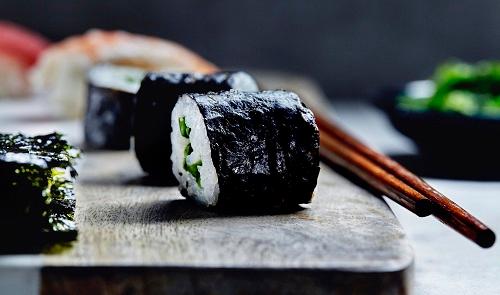
- Onigiri: Onigiri, or rice balls, are a popular snack in Japan that is made by shaping cooked rice into a triangle or oval shape and wrapping it with a piece of Nori. The Nori adds a savory flavor to the rice and helps to keep the onigiri together. It is used to wrap rice balls, either around the outside or as a filling. Read this article to learn more about Japanese Onigiri.
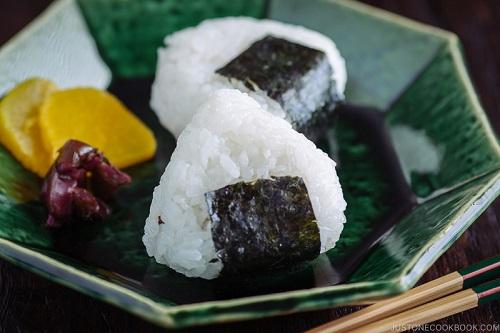
- Ramen: In many ramen restaurants, a sheet of Nori is placed on top of the soup as a garnish. The Nori provides a slightly salty and savory flavor that compliments the other ingredients in the soup. Some ramen recipes also call for the Nori to be shredded and added to the broth for an extra boost of umami flavor. Nori is one of the best toppings you can use for ramen because of its crunchiness. Check out this article where we list other ramen toppings that will knock your socks off.
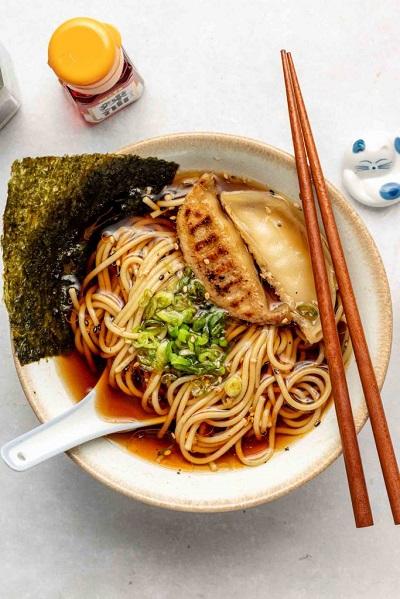
In addition to its use in food, Nori has also been used for medicinal purposes in Japan for centuries. It's believed to have a variety of health benefits, including aiding digestion and boosting the immune system.
In conclusion, Nori is an essential ingredient in Japanese cuisine that adds a unique flavor and texture to many dishes. Whether you're a fan of sushi or you're looking to try something new, Nori is a versatile ingredient that's worth adding to your pantry.
If you find yourself craving Japanese cuisine, why don’t you start with snacks? Order a ZenPop snack box today where you get loads of snacks from Japan.
This article was originally written by our freelance writer Umm-Kulthum Abdulkareem and edited by us.


